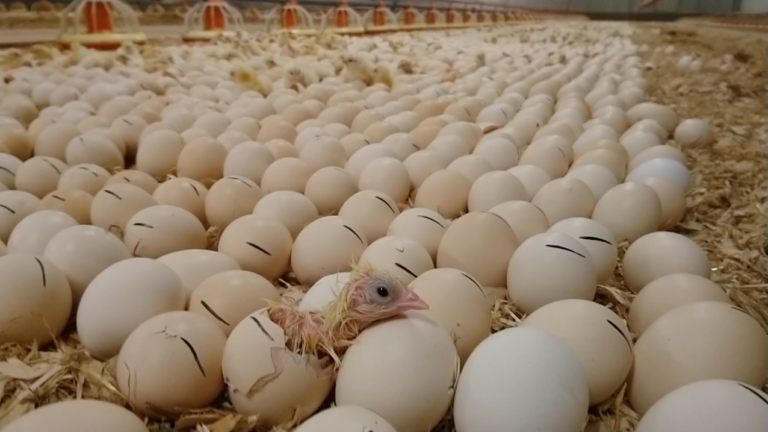The Pig & Poultry Fair forums, which took place on 12 May are now available online.
To watch the forum recordings, visit www.pigandpoultry.org.uk
Balancing consumer demands for higher animal welfare with lower emissions, and greater productivity with reduced were some of the topics discussed with expert guests in 21 presentations delivered in a full day of forums.
“This is the most seismic time of change for British farming in generations,” said Sophie Throup, head of agriculture, fisheries and sustainable sourcing at Morrisons, who was one of the speakers. Consumer demands are changing, so it’s all about finding the right balance and giving consumers a choice.
While it might be easy to find improvements in one area – like emissions – that will interact with other areas – like accessibility of food for consumers, explained David Neilson, general manager of chickens at Avara Foods. “Does improving welfare – having free-range, slower grown birds – come at the cost of the environment?”
In the poultry sector, the big innovation of the day is on-farm hatching, with many speakers singing its praises. By delivering ready-to-hatch eggs to the poultry farm, newly hatched chicks have immediate access to food, water and light, without the stress of being handled and transported from the hatchery, explained Erik Hoeven, general manager at Nestborn. As a result, seven-day weights are higher, mortality is lower, and intestinal health is improved, leading to better litter quality and foot pad health.
Tom Wornham has produced four batches of on-farm hatched broilers at his farm in Hertfordshire, and is delighted with the results. “We love it, and I’m adamant that the birds are much happier.” Growth rates have improved, so the birds finish one day quicker, resulting in huge feed savings. “It’s also a very public-facing, calm environment – even teenage vegetarians like watching them hatch.”
Public perception was another common theme across the sectors, with greater transparency – backed up by data – likely to help in this area. But getting consumers to pay for the higher welfare, carbon neutral systems that they demand is a challenge.
“Integrity has never been more important, and scrutiny has never been greater,” said Tom Willings, chief operating officer at Stonegate. Generation Z is all about transparency and environmental credentials – so with the spotlight firmly on Net Zero aspirations, conversations soon turned to both the pig and poultry sectors’ greatest contributor to emissions: Feed. “Whatever protein source we use will end up more expensive than soya,” said Martin Humphrey at Humphrey Feeds. “But the environmental cost is another matter.”
Insect protein, sunflowers, worms, algae and lupins all offer possible alternatives, but the most sensible and sustainable option is meat and bonemeal, as it provides so much of the protein and nutrients required, and is just a waste product. “If we could use 7.3% meat and bonemeal in poultry rations we could reduce soya to 8% of the diet – that would be a lot more sustainable.”
As post-Brexit legislation continues to change and the economy emerges from COVID-19, there will plenty of challenges – and opportunities ahead, said event organiser Alice Bell. “Keeping abreast of changing market conditions, new technology, and the latest advice will be essential. I hope that by bringing the industry together we’ve shared ideas and helped farmers to build their businesses for the future, and look forward to welcoming everyone back to the physical Pig & Poultry Fair in May 2022.”


